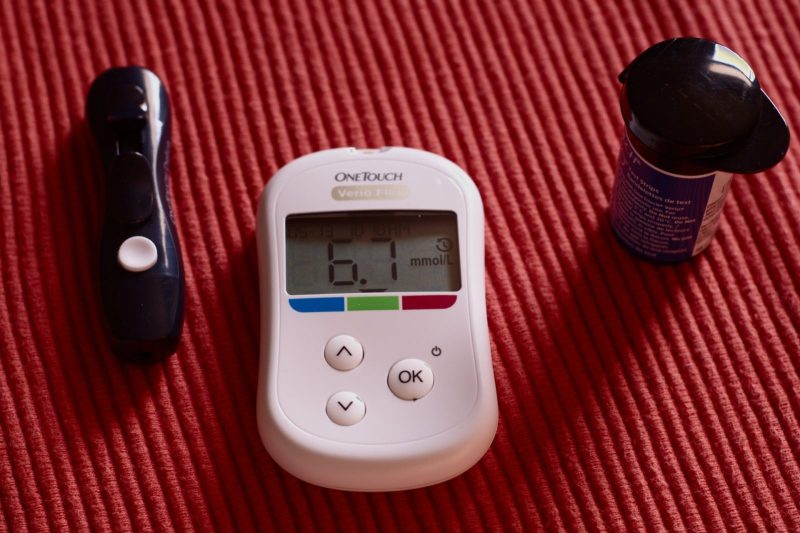Diabetes is a chronic health problem that affects how your body utilizes glucose, resulting in too much sugar in the blood. Although glucose is an essential fuel source for the cells in your muscles and tissues, too much of it can cause complications such as vision loss, kidney disease, and heart disease. Although there is no cure for diabetes, Pompeyo C Chavez MD can help you control blood sugar levels to prevent the above complications. Below are the different types of diabetes.
Type 1 diabetes

Type 1 diabetes is a chronic health condition whereby the pancreas produces little to no insulin; it usually affects children and adolescents, but it can affect adults. The exact cause of type 1 diabetes is unclear, but it occurs when the body’s immune system destroys insulin-producing cells in the pancreas. Once a significant number of islet cells are destroyed, you will produce inadequate or no insulin, allowing the accumulation of glucose in the bloodstream. The symptoms of type 1 diabetes can appear suddenly and may include:
- Frequent urination
- Increased thirst
- Bedwetting in children who did not wet their beds before
- Extreme hunger
- Unintended weight loss
- Irritability
- Blurred vision
- Fatigue
If you have type 1 diabetes, you will have to take insulin for the rest of your life to control your blood sugar levels.
Type 2 diabetes
Type 2 diabetes usually occurs due to two interrelated problems – the pancreas doesn’t produce adequate insulin, and the cells are resistant to insulin action. Consequently, the cells do not absorb glucose, and blood sugar rises. Type 2 diabetes is common in older adults, but the prevalence of obesity in children has led to more cases of type 2 diabetes in younger people. Unlike type 1 diabetes, the symptoms of type 2 diabetes develop slowly, so you can live with this condition without knowing it. Certain factors such as weight inactivity, family history, age, race, and ethnicity predispose you to type 2 diabetes.
Prediabetes

Prediabetes is when your glucose level in the blood is high but not high enough to be diagnosed as type 2 diabetes. When left untreated, prediabetes can progress to type 2 diabetes, but the good news is that simple lifestyle changes can help you reverse prediabetes. For example, your doctor may recommend losing weight and making physical activity part of your everyday life if you have prediabetes. Eating healthy foods can also help you bring your blood sugar level back to normal. Usually, prediabetes causes no symptoms, but dark skin on your armpits, groin, and neck is one possible sign.
Gestational diabetes
Gestational diabetes is first diagnosed in a pregnant woman; it can happen at any stage of pregnancy, but it is common in the second and third trimesters. It occurs when the body can’t produce enough insulin – a hormone that regulates glucose levels in the bloodstream. When left uncontrolled, gestational diabetes can affect the mother’s and baby’s health during and after birth. But if detected early and treated, the risks can be reduced. Blood sugar levels usually return to normal after birth, but women who have had it are more likely to develop type 2 diabetes or gestational diabetes in future pregnancies.
If you have further questions about diabetes, consult your doctor at Pompeyo C Chavez, MD.


